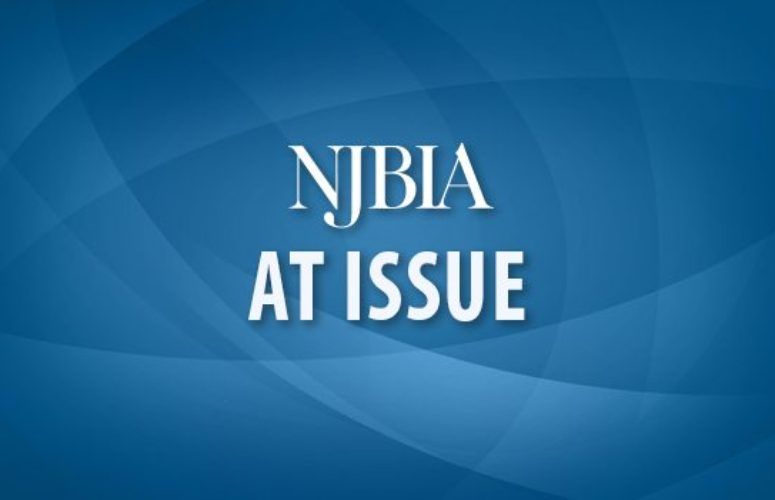
Sorting Through the Details of Healthcare Reform
At Issue
By Mary Beaumont, NJBIA Vice President of Health & Legal Affairs On May 1, 2017
Mary Beaumont, vice president for Health and Legal Affairs
The Republican healthcare reform bill that was pulled without a vote in the House of Representatives back in March, shows how hard it will be to repeal and replace the Affordable Care Act (ACA). Many observers attributed the bill’s failure to politics, a fractured Congress and even a spike in support for President Obama’s healthcare law. While they were certainly factors, I believe the failure of the American Health Care Act (AHCA) shows how the many details of healthcare policy make healthcare reform a very challenging task.
The cost of health insurance continues to be employers’ biggest challenge, so NJBIA focuses on how reform proposals will impact premiums. After all, employers pay the bulk of health insurance premiums, and in our latest Healthcare Benefits Survey, the average cost was $17,850 per year for family coverage.
Despite rising healthcare costs, the ACA has been an unpopular initiative from the beginning. Its tax penalties for not obtaining insurance, its extensive costs, and its mandates made repealing and replacing it a good campaign slogan. Once the details of the AHCA became known, however, the momentum for change died out. The AHCA was presented as a free-market alternative, but the details gave different states reasons to be concerned.
Take the ACA’s health plan coverage requirements: elimination of annual and lifetime limits to benefit payments; a list of mandatory coverages for all plans; guaranteed issue, coverage for pre-existing conditions and renewability; and coverage for dependent children under age 26.
These requirements are expensive and one of the biggest reasons health insurance premiums spiked all over the country. The ACHA was designed to lower rates and allow for more flexible health plan design by reducing the coverage mandates. New Jersey, however, probably would not have seen significant savings because state law mandates coverage for practically all the treatments, conditions and services in the ACA. By the same token, we did not see the big price spikes that other states experienced, but health insurance costs continue to outpace inflation.
Then, there’s the matter of federal funding. The ACA expanded Medicaid funding for states willing to expand coverage to adults with incomes up to 138 percent of the federal poverty level. The AHCA would have frozen enrollment and put a limit on per capita spending on the program.
The impact on New Jersey, however, would have reached further than the 480,000 low-income residents who enrolled in the program. When people without health insurance wind up in a New Jersey hospital and cannot pay their bills, the state compensates the hospitals with charity care funds. The expanded Medicaid funding reduced New Jersey’s hospital charity care dedication from $605 million to $252 million. Without the additional Medicaid funding, that figure will likely increase.
Arguably the most unpopular provision of the ACA is the requirement that all people have health insurance. If you can afford health insurance and don’t buy it, the payment penalty is 2.5 percent of household income (about $695 per person), which is paid to the IRS and used to provide premium subsidies to low-income individuals.
The AHCA would have replaced the individual mandate and premium subsidies with flat tax credits ranging from $2,000 for individuals under 30 to $4,000 for those over 60, based on income. This change would impact the 273,210 New Jersey individuals enrolled in the federal marketplace, and older people would likely have had to pay more.
All of this has left the repeal and replace effort up in the air for the time being. No doubt healthcare reform will come up again in this Congress, but whether it will be able to get the details right remains to be seen.
Related Articles:





